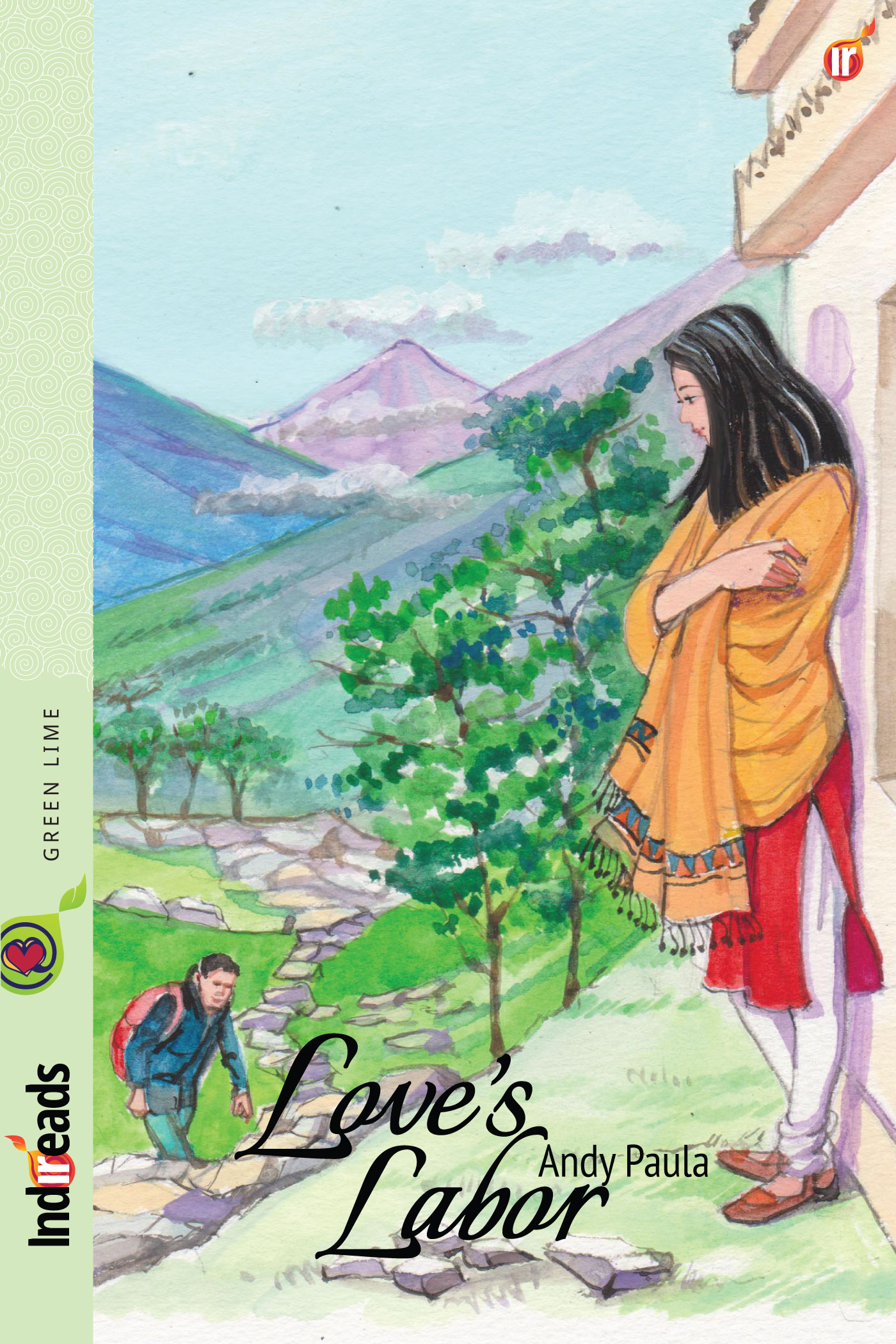Love’s Labor comes from an incident about ten years ago, when it was discovered at home that a cousin had the audacity to fall for a gentleman from another community. All hell broke loose and the poor girl was subjected to the worst possible form of blackmail; from her mother threatening to swallow sleeping pills to the matriarch leaving home were the offender to not change her decision. The man in question was well-placed and offered to take the cousin away to his place of work; she vehemently refused, citing filial duty and social disgrace as her reasons.
In an unexpected twist of events, one day she disappeared from home. While initially, the family suspected that she had eloped, the lover himself was at a loss because he was very much at home!
This incident, a legend during my young adulthood, left a disturbing influence on me. As a thinking individual, I replayed it in various forms in my imagination, giving it a happily-ever-after ending. As a literature student, love was sacrosanct to me, and I hadn’t yet learnt about the various shades of gray. It was simple, I thought. If two people were in love, they had to marry. In the small town that I grew up in, though, the reality was very different.
There was a fanatic emphasis on same-caste-same-class alliances; love marriages were almost unheard of; and if there was a stray one, the adults almost waited for it to go wrong so they could be proven right. While the metros in India were opening their doors to MNCs, the small towns were still grappling under the narrow confines of caste and community in the name of tradition. Films like Mohabbatein only made it worse with their depiction of the ‘humein parivartan pasand nahi’ theme, while the blockbuster Dilwale Dulhaniya exemplified how love was only ‘allowed’ with parental consent.
Love’s Labor, a story of Piali Roy and Sathya Nair, is about two young people falling in love, fully aware of their different backgrounds. Piali is the quintessential, small-town Indian girl, torn between her love for Sathya on the one hand and her love for her family on the other. As with many youngsters, she is plagued by an all-consuming guilt for hurting her parents and being a disgrace to them.
Jamshedpur, the steel city of India, where the plot is set, is urban in many ways and children are encouraged to follow liberal arts passions, play a sport and participate in extra-curricular activities. When it comes to marriage though, the traditional household is ruled by the parents’ choice. Love, the very basis of human existence, is considered taboo and anybody daring to tread that path is made to feel like a sinner. Gender discrimination dictates that while Sathya can speak his mind, and his family even bows to it, Piali does not have the same luxury. This, of course, is a specific case and cannot be generalized.
As an author, I had control over my story’s ending. With time, I’ve (sadly) come to realize that control is a pipe dream in real life. Such is the illogical deference to parental dreams that a youngster has no say in matters of the heart. Surprisingly, even in this decade, I come across youth who say they’d like to marry by their parents’ choice. While there is a certain ‘nobleness’ about this sentiment that, on the surface, reflects respect of authority, at a subtle sub-level it is actually indicative of Indian society’s inability to embrace change and open up to the broadening world scenario.
Does Love’s Labor offer a solution? Or is it a mere reflection of the society we live in? Read it to find out.

8 replies on “Love’s Labor: The Background Story”
[…] picked up Andy Paula’s Love’s Labour after reading her blog here. A beautiful love story set against the backdrop of a small town, Andy’s story will strike a […]
This is true of city life as well, at least, here in Pakistan, it is.
I am from Karachi (parents were from Hyderabad Deccan, in fact), while my husband is from Swat. We’ve been married for ten years, and we still get the question – how did a Pathan marry a mohajir (immigrant)? Divisions here are based on language, not caste. We are called the Urdu-speaking community, because my parents moved from India during partition, and didn’t speak Sindhi.
More conservative elements in my family will only marry within the community of immigrants from Hyderabad Deccan, while Pathans will marry Pathans. But even though we have a large educated, liberal contingent in our respective families, my husband is the only Pathan in my family, and I am the only mohajir in his.
And considering that the modern world has conquered space, isn’t it an affront to humankind that we are still confined by these self-imposed differences even within communities? How claustrophobic does it feel! Our sub-continent can never compete with the developed countries till our energy is trapped in these regressive patterns.
You are amazing and so is ‘Love s Labor’. Keep writing, keep growing.. !!
Thank you, Ananya. Words from an editor always make a writer feel accepted.
Very interesting Andy. And your take about small town sentiments is so true.
Thank you, Sumeetha. This resonates with many of us, doesn’t it?
That’s right Andy. And as Sabahat pointed out close knit communities that live in a city too have the same sentiments. Which again is quite true.